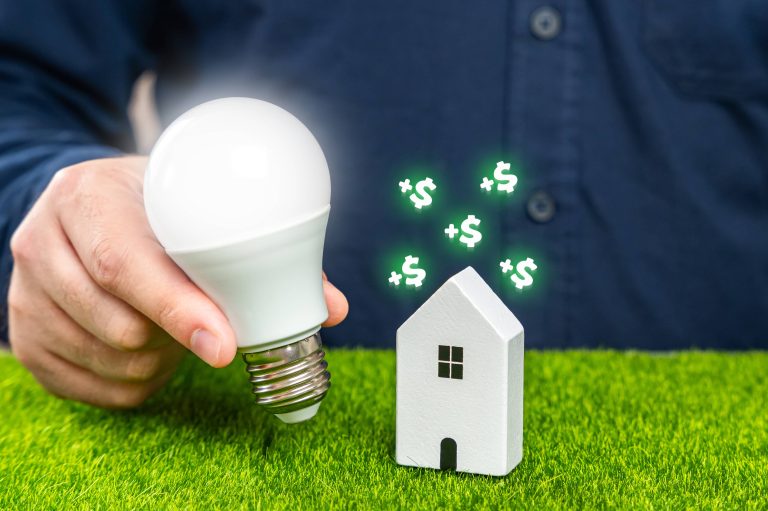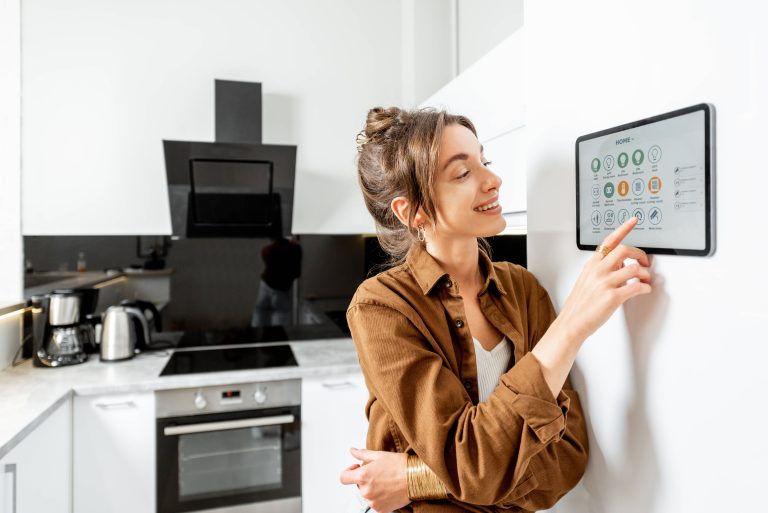
Welcome to the future of home living! As we plunge into an interconnected era, one concept stands out unequivocally: the smart home. Whether you’re a traveler, a busy professional, or simply someone who relishes the peace of mind that comes with knowing that your home is secure and efficient, being able to monitor your smart home from anywhere in the world is a game-changer. Today, I’ll walk you through the steps to monitor your smart home from anywhere globally, ensuring that you stay connected and in control, no matter where your adventures take you.
Understand Your Smart Home Ecosystem
Before delving into monitoring your smart home, it’s essential to understand the ecosystem you are working with. This ecosystem largely comprises your devices, hubs, applications, and network.
1. Devices: These include smart thermostats, lights, cameras, locks, home assistants, etc.
2. Hubs: Central units like Amazon Echo, Google Nest Hub, or Apple HomePod that control and coordinate these devices.
3. Applications: Mobile or desktop apps that give you control over your devices and hubs.
4. Network: Typically, a robust Wi-Fi network that ties everything together.
Step 1: Install Smart Devices
The foundation of a monitorable smart home is, of course, the smart devices themselves. Choose devices that are compatible with your central hub and can be managed through remote-access apps. Common options include:
– Smart Cameras: Essential for visual monitoring. Look for features like motion detection, night vision, and high-definition video quality.
– Smart Locks: Enable remote locking and unlocking of your doors. Some models include surveillance features.
– Smart Thermostats: Not only can you control your home’s temperature, but many also provide energy reports.
– Smart Sensors: Motion, door/window, and environmental sensors (like those for smoke, carbon monoxide, or water leaks) are critical for real-time alerts.
– Smart Lights and Plugs: Control lights and electronic devices remotely.
Step 2: Use a Central Hub
A central hub streamlines control over all your devices. Opt for a smart home hub that is compatible with most of your devices, and acts as a singular command center. Some of the most popular hubs include:
– Amazon Echo Plus: Integrates well with Alexa-enabled devices.
– Google Nest Hub: Seamlessly blends with Google Assistant functionalities.
– Apple HomeKit: Ideal for those entrenched in the Apple ecosystem.
Step 3: Set Up Your Network Securely
To monitor your home efficiently, you need a robust and secure Wi-Fi network.
1. Upgrade Your Router: Ensure your router can handle multiple devices simultaneously without connectivity issues.
2. Secure Your Network: Use strong, unique passwords for your network and devices. Enable WPA3 encryption and disable any remote access functions you don’t use.
3. Create a Guest Network: This separates your smart devices from other devices, reducing potential risks from malware.
Step 4: Configure Remote Access
Most smart devices come with companion apps that allow you to control and monitor them remotely. For seamless remote access:
1. Download Apps: Ensure you have installed all necessary apps on your smartphone or tablet.
2. Create Accounts: Register and set up user accounts for secure login.
3. Enable Remote Access Features: Devices and applications often require you to enable remote access features explicitly. This might also include two-factor authentication for added security.
Popular apps include:
– Google Home: Manages Google Nest devices and more.
– Apple Home: Centralizes control for HomeKit-enabled devices.
– Amazon Alexa: Connects to Alexa-compatible devices.
Step 5: Integrate Alerts and Notifications
Monitoring your smart home is about more than just viewing devices remotely; it’s also about being proactively notified of any unusual activity. Configure your device settings to send you alerts and notifications:
– Motion Alerts: Set your cameras and sensors to notify you of any movement in specific areas at particular times.
– Environmental Warnings: Receive alerts from smoke detectors, carbon monoxide detectors, or water leak sensors.
– Battery and Device Health: Get notifications when devices have low battery or face connectivity issues.
Step 6: Monitoring and Control
Now, you’re ready to monitor your smart home from anywhere.
1. Check Real-time Feeds: Open your camera app to view live footage of your home.
2. Control Devices Remotely: Adjust thermostat settings, turn lights on/off, lock/unlock doors, etc.
3. Review Activity Logs: Many smart devices log activities. Review these logs for a history of what’s occurred.
Step 7: Employ Automation and Routines
To minimize manual intervention and maximize efficiency:
1. Create Schedules: Automate lights, thermostats, and other devices to operate on specific schedules.
2. Develop Routines: Set up routines where multiple actions are triggered by a single command. E.g., “Away Mode” might turn off lights, lock doors, and arm security cameras.
Step 8: Regular Maintenance
Ensure your smart home system is running optimally:
1. Software Updates: Regularly update apps and device firmware to the latest versions.
2. Device Check-ups: Periodically test all functionalities to ensure everything works as intended.
3. Backup Plans: Have an alternative plan for power or internet outages, like battery backups for routers.
Conclusion
With the advancement of smart home technology, it’s never been easier to keep an eye on your home from anywhere in the world. By selecting the right devices, securing your network, and using applications to their fullest potential, you can enjoy the peace of mind that comes with a truly connected home. With these steps, you can turn your home into a futuristic haven of convenience, security, and efficiency, no matter where your life takes you. Happy smart monitoring!







